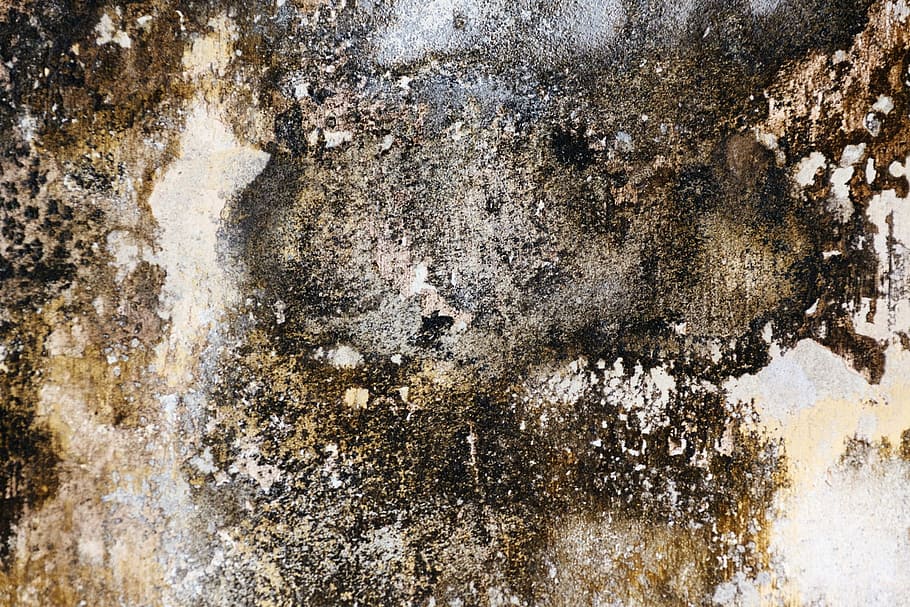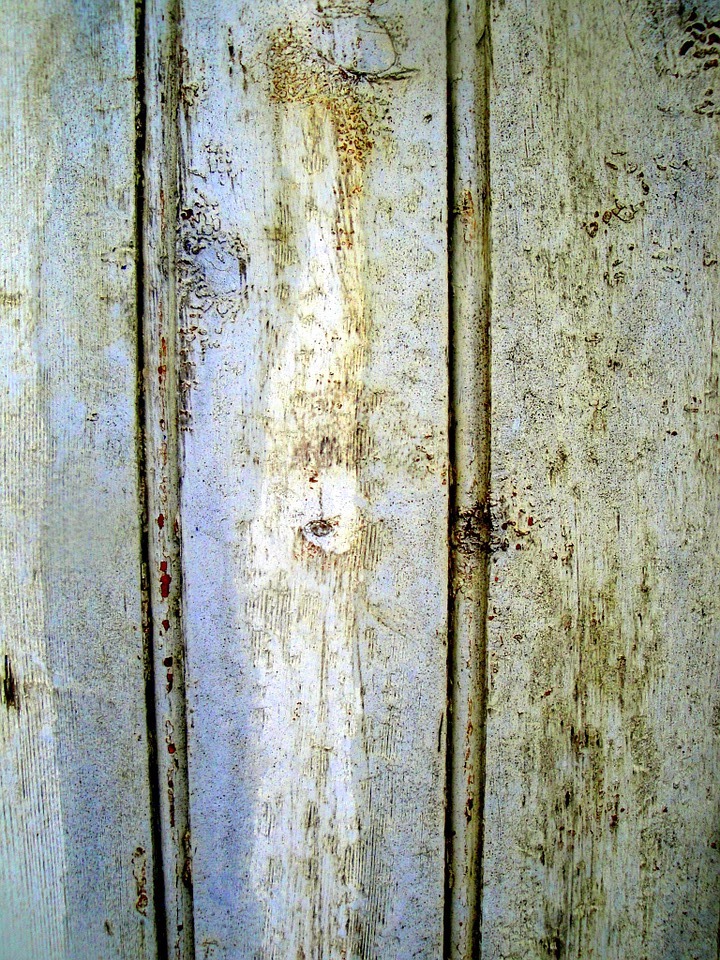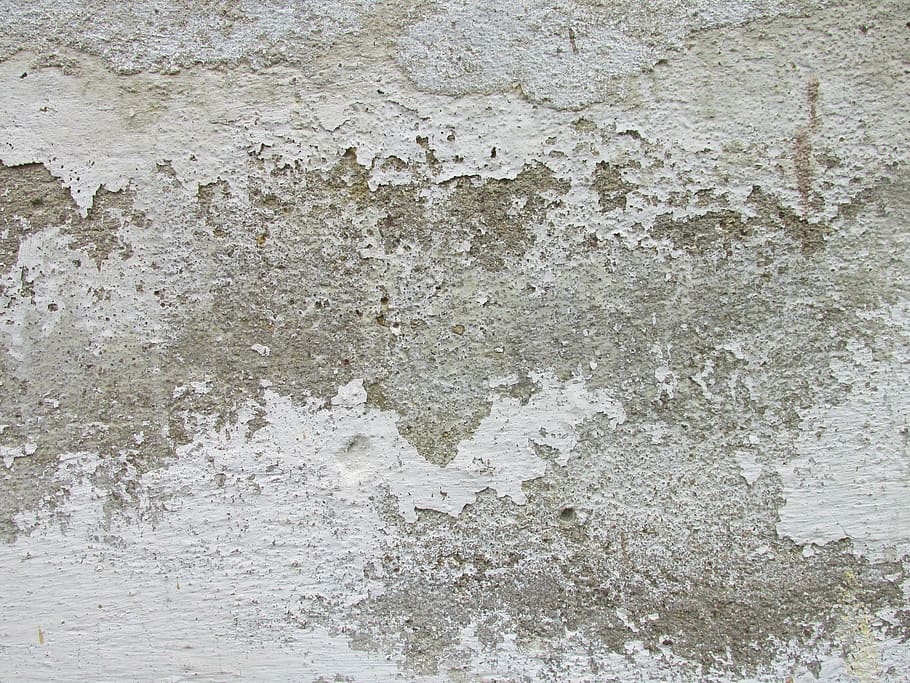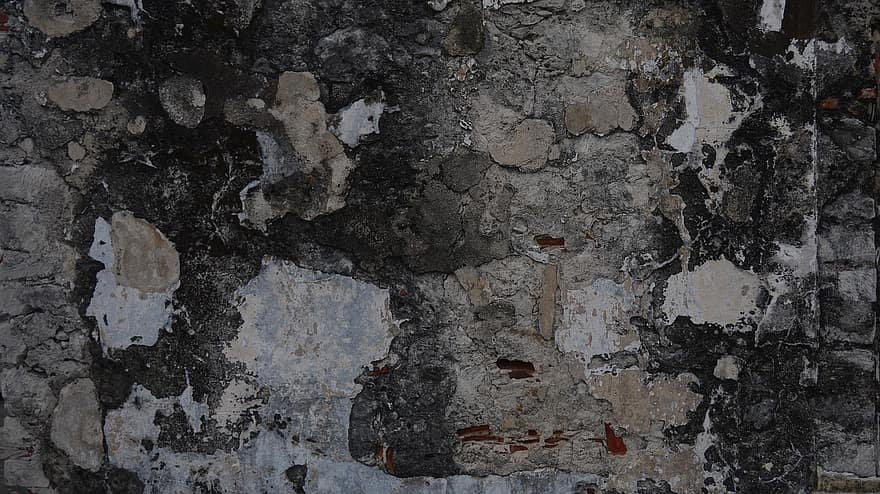
Here is a familiar scenario that unfolds often across America: a family finds a home they love, in the right part of town, and at a price they can afford. They reach an agreement with the owner and after the home inspection, they pay for the house.
Two weeks later they arrive, all fired-up to start a new life in a new home. They, their two little girls, and a dog, are full of excitement and their social media pages overflow with pictures of their progress as they unpack.
Then after two days living in the new home, their four-year-old daughter starts to feel sick. They call the doctor, he reassures them over the phone and tells them to put the little girl to bed. Half-way through the day, she gets worse, her older sister gets sick too, and they all end up at the hospital.
After routine tests and lots of questions, the doctor discovers they have just moved house. He suggests an indoor air quality test in their new home. The very next day, a mold inspector comes and after crawling around the home for hours, the results come out.
The bad news: their new home has a mold problem. The good news is that it can be fixed. The not so good news; it is going to cost upwards of $15,000.
This is a situation for which there are no easy solutions. It is one that nobody wants to be in and one which with a little caution, nobody should be in.
The trouble with mold

Mold is the common name for several types of fungus that are often found in homes. They come in a variety of colors, depending on the type of mold and while they can grow almost anywhere, they favor dank places in the home. Mold is a problem because of the damage it can cause to the home’s structures and people’s health. Issues associated with mold are:
• Allergies, headaches, memory loss, dizziness, nausea, urinary tract infections, and more
• Because mold often grows where there is moisture, its presence often indicates water-damage
• Mold can undermine the structural integrity of the home by eating into the structures
But the worst thing is that mold is notoriously hard to detect because it hides in seldom-visited places. This is why mold can be present in a home for years without ever being discovered.
Can a home inspection detect mold?

The standard assumption of most homebuyers is that the home inspector will find mold if it is present in a home. But this is untrue because mold-detection is not one of the things home inspectors are paid or trained to do. Home inspectors don’t have the expertise to detect mold.
This is because the home inspection only looks for damage to the home’s systems and structures. Also, there is no national standard for mold inspection or licensing for mold inspections in many states. Even if the inspection finds mold in the home, there is no provision for reporting it.
The most some home inspectors will do is state that they saw signs of possible organic growth. But the home inspection process does not go out of its way to look for mold. And home inspectors are not obligated to include it in their inspection report.
This is why, as Real Property Group suggests, every buyer needs a pre-purchase mold inspection before they finalize the purchase of a property.
What Is a Pre-Purchase Mold Inspection?

It is an inspection of the home which is primarily focused on examining the property for signs of mold. It is conducted by an expert trained in mold-detection techniques. They conduct a detailed assessment of the home beginning with a visual inspection of all parts of the house. They follow up by taking swabs and air samples for further laboratory testing. In addition to actual mold growth, the inspection also reveals the amount of mold spores per cubic meter of air, as well as, the species of mold.
Why should you have a pre-purchase mold inspection?

• Because even if a home inspector detects mold in the home, they cannot include it in the report unless they do some laboratory testing
• Because mold growth is usually undetectable by the average person. Mold may be beneath the floorboards, in crawlspaces, under stairs, around the furnace, and around windows, and still elude homeowners and the home inspector.
• Because people often try to hide the evidence of mold growth by painting over the home’s surfaces. Also, in some states, sellers are not required to disclose the presence of mold.
• Because real estate agents may also not inform the buyer if there is mold in a property; that would scare the buyer away and they could lose their commission.
• Because a pre-purchase mold inspection is the surest way to detect mold in a home, even when the seller tries to hide it.
Finally, is pre-purchase mold inspection an additional cost for homebuyers? Yes, it is. But more than being a cost, it is also an investment in peace of mind, at the very least. Contact Lucent Property Inspections today to schedule your home inspection and mold inspection!